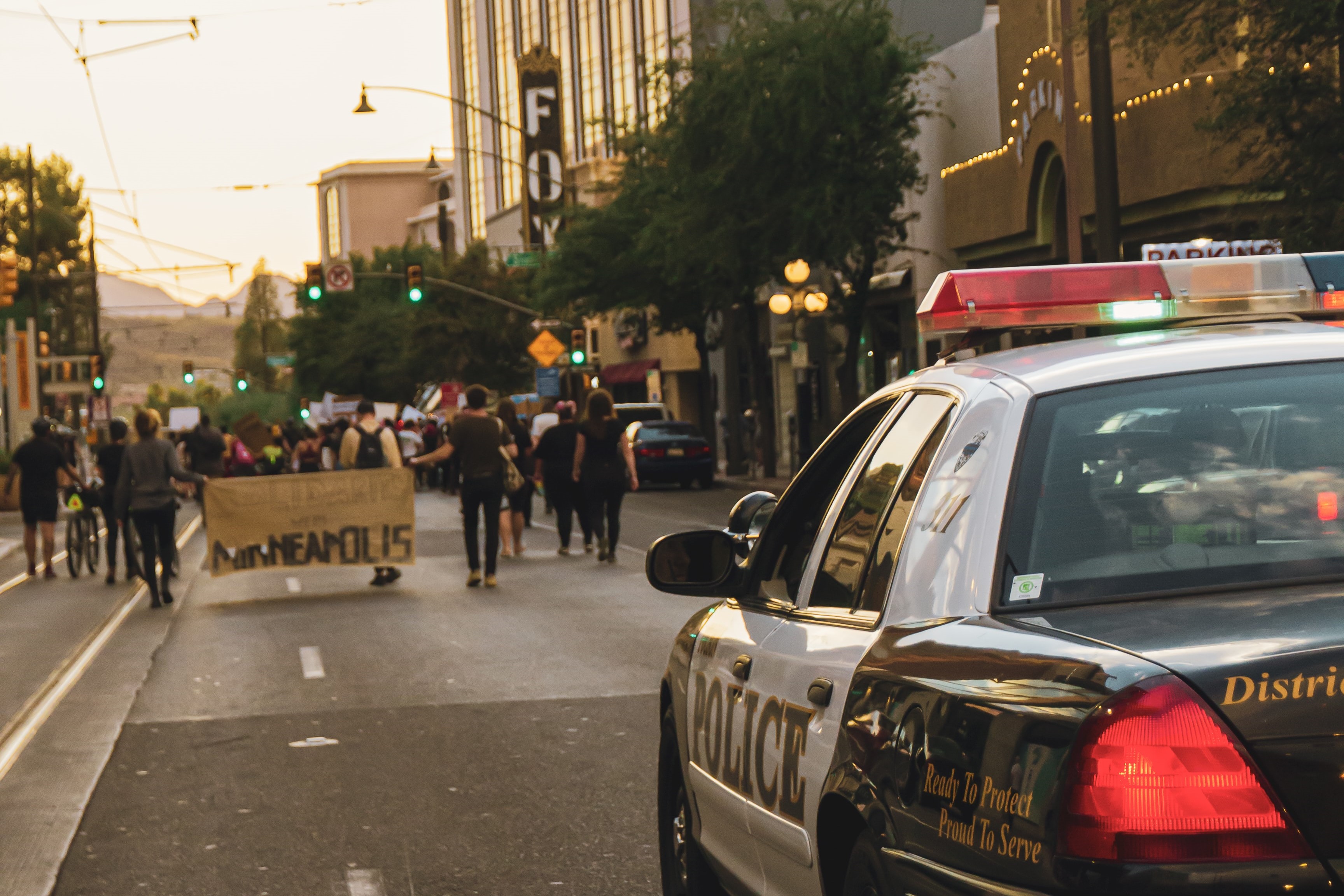Following a series of high-profile cases of police harassment and violence, police reform has become a growing national concern in the U.S. We evaluate one reform effort, training police to treat people more fairly in hot spots of crime. We find training significantly improves officer behavior and citizen perceptions of police misbehavior while reducing arrests and crime.
Views 3500
Reading time 3 min
published on May 22, 2023
There has been a growing call for police reform in the U.S. in recent years, particularly since the murder of George Floyd in 2020. Of particular interest has been training programs and reforms that focus on police treatment of individuals in high-crime communities. Little social science research though has focused on the impacts of police training. There is a larger body of research suggesting police can effectively reduce crime when they focus attention on small geographic areas with high crime levels, often called crime hot spots. But there are concerns that focused crime-fighting strategies could have negative effects on public evaluations of the police. At the same time, reform approaches that focus on improving community evaluations of the police are often portrayed as “soft on crime.” In a time when crime is rising in many cities, there has been a growing narrative that practitioners must choose between reform and police effectiveness.
Our results show that police can focus on reform and crime reduction at the same time. We considered whether crime hot spots that are patrolled by officers who are trained to use procedural justice in their interactions with the public will show evidence of effective police reform without a loss of crime control effectiveness. Procedural justice focuses on police using fair treatment in interactions (giving voice, showing neutrality, treating people with dignity and respect, and demonstrating trustworthy motives), and has been linked in surveys to both increased trust in police and increased compliance with the law.
We conducted a three-city randomized controlled trial to test the impacts of infusing hot spots policing with procedural justice training on officer behavior, community perceptions of police, and crime. We chose 40 hot spot street blocks in each city and randomly assigned them to one of two interventions—a standard hot spots policing condition or a procedural justice hot spots policing condition. We also randomly assigned 8 or 12 officers in each city to one of these interventions. In the standard condition hot spots, we told officers to focus on reducing crime on their assigned blocks. We also told the procedural justice team to reduce crime in their assigned hot spots. But we also provided these officers with a week of procedural justice training and encouraged them to incorporate procedural justice into every interaction with the public.
Pre- and post-training officer surveys suggested the training was associated with improved officer attitudes towards using procedural justice. In each city, we observed officer behavior and coded the extent to which officers in both groups demonstrated elements of procedural justice. We found that trained officers were significantly more likely to give citizens voice, demonstrate neutrality, and treat people with dignity and respect. They were also less likely to be disrespectful.
To examine citizen perceptions of police, we surveyed a large number of hot spot residents before and after the intervention. The intervention was not associated with changes in community perceptions about overall procedural justice and trust in police. We think this may be the result of the difficulty of changing citizens’ often long-held views of these general values. However, we did observe differences between the groups for two behaviors that are at the core of calls for police reform. Following the intervention, residents of procedural justice hot spots were significantly less likely than standard condition residents to perceive that police were harassing people on their block or that police were using too much force on the block.
We found a significant impact of the training on crime incidents during the intervention period. Procedural justice hot spots had about 14% fewer incidents during the study relative to standard condition hot spots. Importantly, this crime decline came despite procedural justice officers making substantially fewer arrests than untrained officers during the intervention.
Our findings suggest that police can be simultaneously committed to and focused on reform efforts and preventing crime. The results also show that intensive training can lead to changes in officer attitudes and behavior, and these behavioral changes can impact at least some perceptions of residents. Our study is most directly relevant to special unit teams that address crime hot spots. These are places where interactions between the police and the public are most likely to occur, and where they are most likely to lead to law enforcement actions. We see particular value in training such special unit officers in procedural justice to enhance their fairness and effectiveness.
Original Article:
Weisburd, D., Telep, C. W., Vovak, H., Zastrow, T., Braga, A. A., & Turchan, B. (2022). Reforming the police through procedural justice training: A multicity randomized trial at crime hot spots. Proceedings of the National Academy of Sciences, 119(14). https://doi.org/10.1073/pnas.2118780119
 Psychology
Psychology



